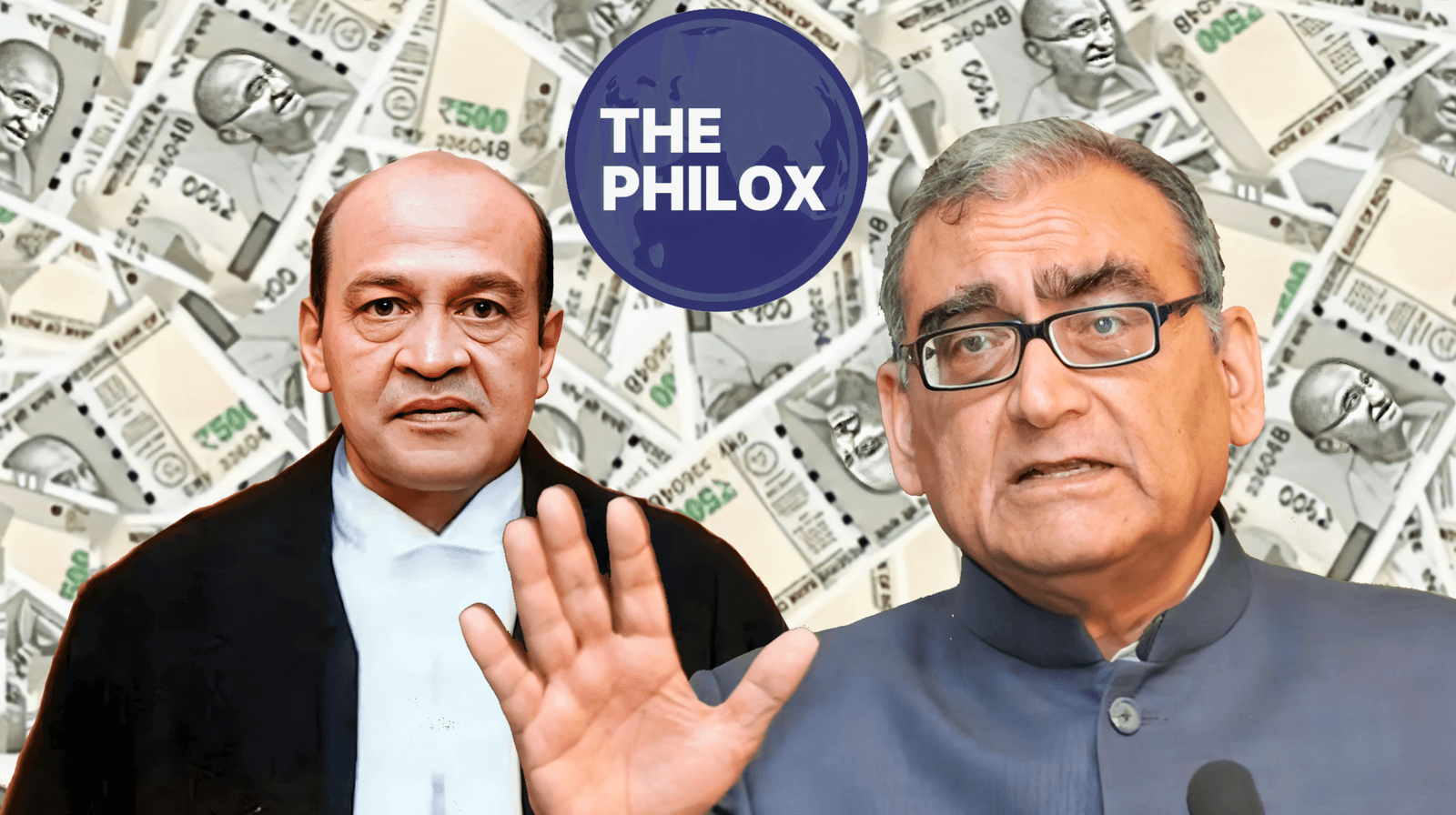Many people have asked me which sher (couplet) I regard as the greatest in Urdu poetry.
There are many great shers by great poets like Mir, Ghalib, Momin, Faiz, Josh, Sahir, Majrooh, and others. However, when asked for my opinion, I invariably refer to this sher by Firaq Gorakhpuri:
“Har zarre par ek kaifiyat-e-neemshabi hai
Ai saaqi-e-dauran yeh gunahon ki ghadi hai.”
Before explaining the meaning of this sher, it is necessary to mention that Urdu poetry often carries both a literal, outer, superficial meaning and an inner, deeper, real meaning. Often, one has to wrack one’s brain to understand the real meaning, to know what the poet is really seeking to convey. Urdu poets frequently express themselves not directly, but indirectly — through metaphors, allusions, hints, suggestions, and indications.
Also, poets like Ghalib had a horror for the commonplace in poetry, and were of the opinion that poetry should not be in the language of the common man. Their poetry is often highly Persianised, and hence difficult to understand.
Keeping all this in mind, let us examine the above sher.
The word ‘zarre’ means particles, ‘kaifiyat’ means condition, ‘neem’ means half, ‘shab’ means night, ‘saaqi’ means the wine-serving woman, ‘dauran’ means era, and ‘gunahon’ means sins.
In my opinion, this sher is one of the greatest ever written, ranking alongside the best shers of Ghalib, the greatest Urdu poet. In a marvel of condensation, it describes the transitional era our society and nation are presently going through — from a backward, semi-feudal society to a modern, highly industrialized one. At present, we are neither totally feudal nor totally modern, but partly both.
A transitional period in history, like the one India is currently experiencing (the transition from a semi-feudal, still largely agricultural, society to a modern, highly industrialized one), is a very painful and turbulent period in a nation’s history. In this period, the whole of society is plunged into disorder and chaos.
When Europe passed through its transitional period (from the 16th to the 18th centuries), it was marked by enormous turmoil, wars, revolutions, religious massacres, chaos, heated intellectual debates ( by great thinkers like Locke, Voltaire, Rousseau, etc). It was only after going through this fire that modern society emerged in Europe.
India is presently going through this fire, and the next 15–20 years are likely to be chaotic and terrible. One wishes the transition could be achieved without violence and turmoil, but that is not how history operates. The existing reactionary, feudal vested interests will fiercely resist any change or substantial transformation of society, as did the rulers before the British, French, Russian, and Chinese Revolutions.
India is presently passing through a transitional period in our history. Feudal remnants like casteism, communalism, superstitions, and atrocities and discrimination against minorities, dalits, and women persist and are still commonplace, as evident from phenomena like ‘honor killings,’ dowry deaths, communal riots, lynching of Muslims, and other atrocities.
The present transitional era in India is a ‘gunahon ki ghadi’ (a time of sins) from the perspective of both feudal-minded and modern-minded people. The feudal-minded people regard inter-caste and inter-religious love marriages as a gunah (sin), sometimes deserving ‘honor killing.’ They see ‘dating’ with a person of the opposite sex before marriage as a gunah. They regard scheduled castes as inferior.
On the other hand, modern-minded people regard ‘honor killing’ as a gunah. They see nothing wrong with love marriages and demand genuine equality for women, scheduled castes, etc.
Thus, we see a clash and combat of values between the old and the new, as happens in a transitional age. It is a ‘gunahon ki ghadi,’ whichever way you look at it. Feudal and modern ideas coexist in this transitional period, battling with each other.
One is reminded of Shakespeare’s line in Macbeth: “Fair is foul, and foul is fair.” This is precisely the situation in India today, in this transitional age. What one group of people regards as fair is regarded as foul by another, and vice versa. Values of the old era, such as belief in the caste system, are crumbling and are being reversed by champions of the new society, which has not yet been fully created. A storm is blowing over the country, which is likely to last about 20 years or so — a storm that will be terrible for many but will sweep away the filth of feudalism and backwardness in our country.
‘Kaifiyat-e-neemshabi’ literally means ‘condition of half night.’ This firstly signifies that we are living in an age that is neither night nor day, neither one nor the other — neither medieval nor modern, but somewhere in between. The whole of society has been thrown into convulsions, chaos, and strife. A tremendous amount of social churning is taking place. What was regarded as right earlier (e.g., the caste system) is regarded as wrong today by the enlightened section of society, and what was regarded as wrong (e.g., love marriage, particularly outside one’s caste or religion) is quite acceptable to the enlightened section.
Secondly, the word ‘neemshabi’ indicates a mental condition of being dazed, as we often are when we awake in the middle of the night for some reason. ‘Neemshabi’ implies that the night is only half complete. The words ‘har zarre’ indicate that everyone is in a dazed or stupefied mental condition.
In the second line, saaqi is the girl who fills the wine cup. However, in Urdu poetry, she is also the person to whom one can confide the innermost thoughts in one’s mind. The poet is imagining a girl to whom he is describing the features of the transitional era. When the poet says ‘Ai saaqi-e-dauran,’ he is really addressing people of this transitional age.
‘Yeh gunahon ki ghadi hai’ means it is a time of sin. Daur means era, and gunah means sin.
In this transitional age, it is a ‘gunahon ki ghadi’ from both perspectives. From the viewpoint of people of the old, feudal order, it is a sin to marry according to your choice, particularly outside one’s caste or religion. It is a sin to give education to women, and it is a sin to treat everyone as equal.
At the same time, from the viewpoint of enlightened, modern-minded people, the caste system is a sin. Atrocities on minorities is a sin. Denying education to girls is a sin, and love marriage is quite acceptable. Thus, old and new ideas are battling with each other in this transitional age.
As Shakespeare said in Macbeth: “Fair is foul, and foul is fair.” In other words, what was regarded as fair earlier is regarded as foul today, and what was regarded as foul earlier is regarded as fair today. So, values have gone topsy-turvy in the transitional era.
This state of affairs is likely to continue in India for another 15–20 years, after which, by a mighty united people’s struggle, culminating in a historical people’s Revolution, a modern, just political and social order will be created, in which everyone will get a decent life, including employment, proper education, nutritious food, and healthcare.




